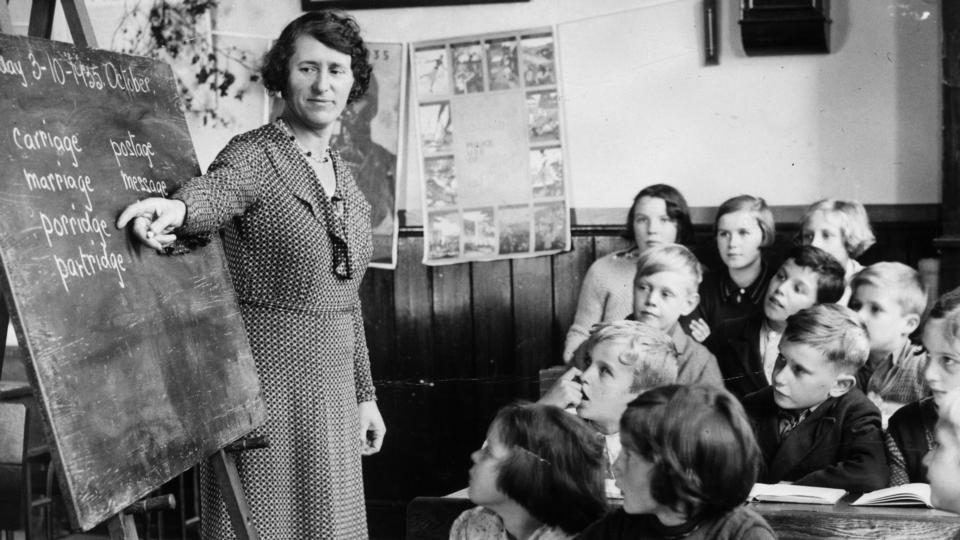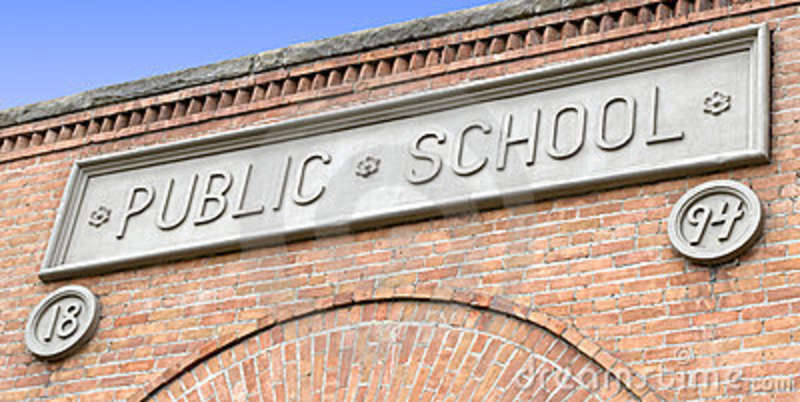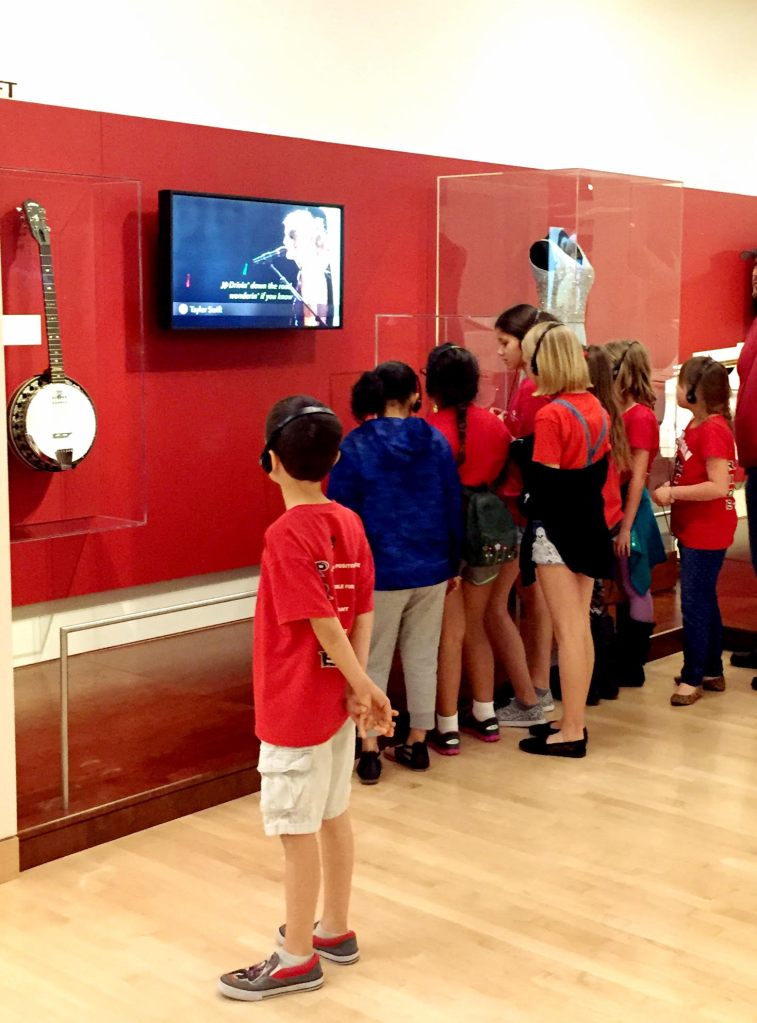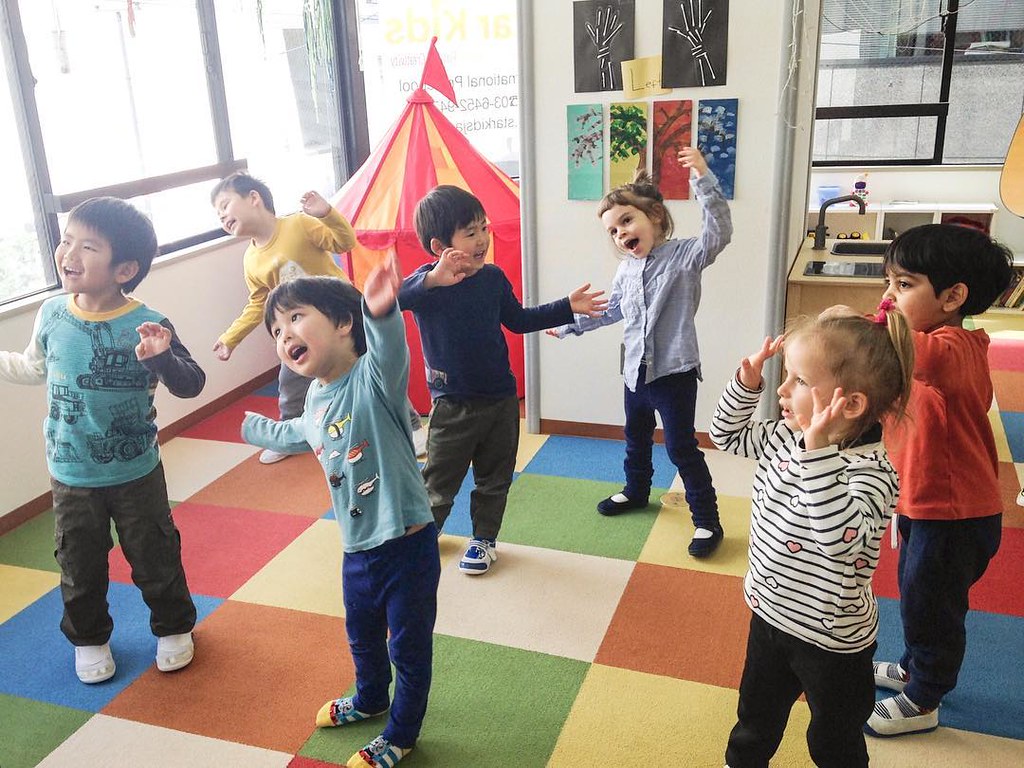I’ve always been of the opinion that teachers get so few routine perks in their professional lives they deserve every random treat or award that meanders their way–from sticky little misspelled mash notes to free use of a leased SUV.
After all, there aren’t many workplaces where professionals end up providing their own materials, cleaning services and professional development. There aren’t many college-educated specialists who gladly share their expertise for free–or attend a weekend conference on their own dime, then arrive at work on Monday morning, without a thought for “comp time.” Because if they didn’t show up, someone would have to pay. And it shouldn’t be the teacher next door, or their students.
For these reasons, and a hundred more, nobody begrudges teachers the tokens of appreciation that come their way this week, from the handmade construction-paper cards to the potluck lunch from the PTA. I love it when teachers invite their former students to check in on Facebook–or when they post their stats (years of experience, states/countries/schools, degrees, subjects and so on). It’s good to see colleagues reclaim their honor or share a few points of pride.
But it’s time we asked ourselves just who gets ‘appreciated’ once a year–and whose work is considered vital, essential, and fully professional year-round, with no need for annual symbolic gestures. There’s something about Teacher Appreciation Week that smacks of a pat on the head for being willing to go the distance without adequate compensation or support. We’re supposed to persist and excel ‘for the kids’–a phrase that teachers rightfully perceive as specious and manipulative.
It doesn’t help that National Charter Schools Week is scheduled right after Teacher Appreciation Week (not an accident, folks). The Center for Education Reform, an organization that promotes charter schools, posted the following about Teacher Appreciation week:
‘Rather than evolve and adapt to changes in the 180-year-old factory model system of education, rather than create a new path for teachers that supports their growth over mandating uniformity and lock step acceptance of rules, [teacher associations] have dug in their heels and decided character assassination and anti-charter propaganda is best.’
So much for boosting the spirits and self-respect of teachers during their special week, eh?
Actually, I don’t know a single teacher who isn’t interested in growth–or doing a little rule-breaking, evolving and adapting. In fact, the current walk-outs, anti-voucher campaigns and eloquent education blogs are evidence that teachers are no longer satisfied with flowery sentiments or coffee mugs.
Teachers are telling their communities and state leaders that they’re sick of being underpaid do-gooders and want not only adequate salaries but control over their professional work. They want the resources necessary to succeed—but also a measure of autonomy, acknowledgment of their acquired expertise.
Perhaps teachers are tired of waiting for policymakers to speak to the fact that their working conditions and public respect–measured by classroom authority, as well as wages and benefits–are diminishing every year. Maybe teachers are ready to demand what they need and deserve, rather than hang around hoping to be ‘appreciated’ every May.
Is this a lasting change? Will exasperated teachers not rest until they’ve transformed public education?
Here’s a few crucial but often forgotten facts: In number, teachers are the largest profession in the United States. And collectively, they have the power to demand and win changes to funding and salaries. It’s a stark reminder in our post-Pandemic revival of labor influence.
Policymakers have long relied on teachers’ hearts growing three sizes through the magic of watching children light up with the joy of learning, yada yada. But as the Grinch himself might say–magic doesn’t pay the rent.











